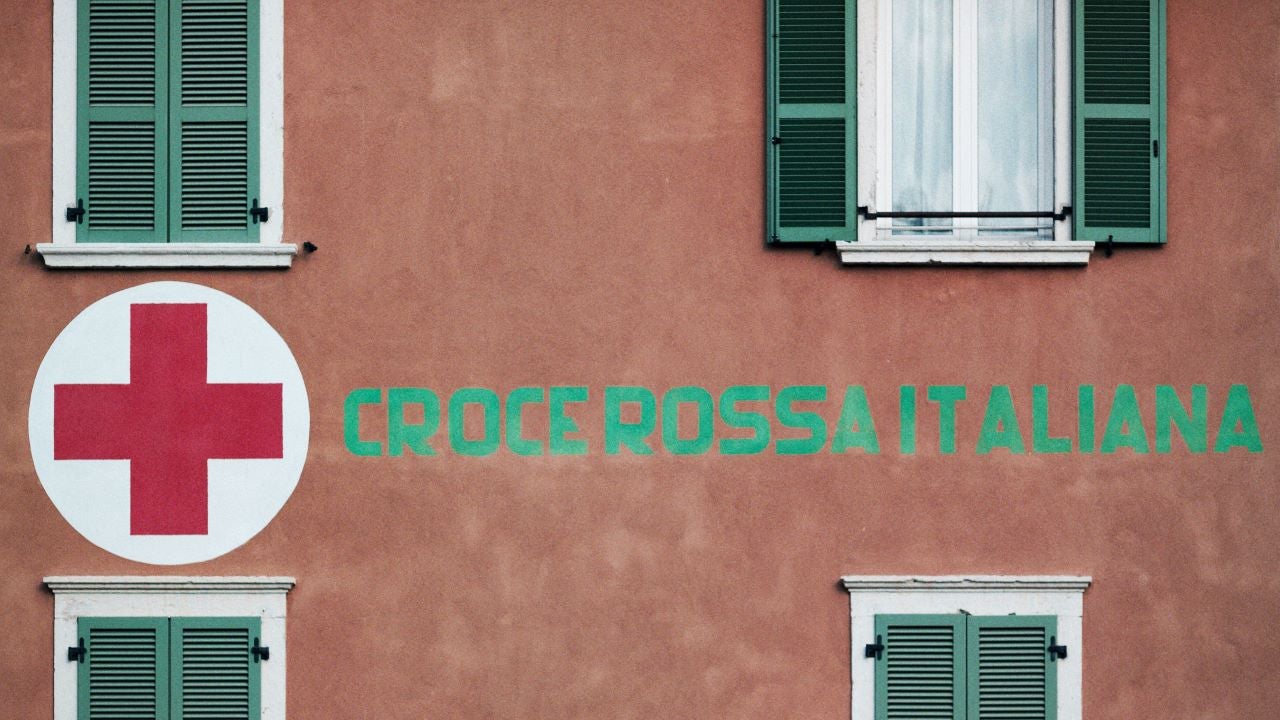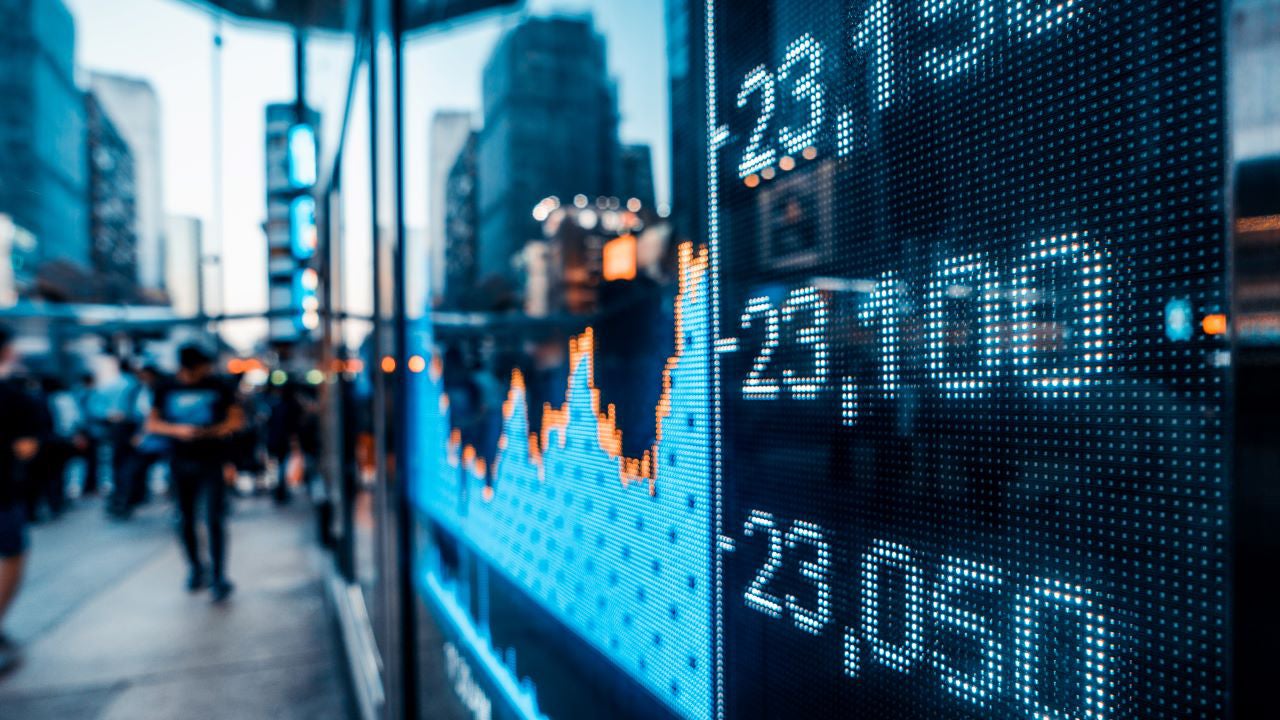
Markets and Economy Assessing the globe’s three-pronged policy response to coronavirus
Health care, monetary, and fiscal policy will all play critical roles in combating this crisis.

Every morning, my day begins by discussing the latest developments in the coronavirus fight with my team of strategists on-the-ground in Hong Kong, Italy, London, Tokyo, New York and elsewhere. Today, my weekly blog features several members of Invesco’s Global Market Strategy Office, who answer the most pressing questions they’ve been hearing from investors who are concerned about COVID-19 and its impact on the global economy.
David Chao (Hong Kong): Chinese authorities acted late to contain the mysterious illness, and they then had to resort to extreme social-distancing controls and lockdown measures. Despite being disruptive, these measures have achieved effective results: For example, two months after the government locked down Wuhan on Jan. 23, the Ministry of Health has reported no new infection cases.1 The new infections curve in China was also flattened through large-scale virus testing, which led to more accurate diagnosis and ultimately slowed the contagion.
That being said, China is still not out of the coronavirus woods yet. The country has shifted its attention from preventing the domestic spread of the disease to preventing foreigners from bringing the contagion back into China.
These extreme health control measures have come at a steep cost. Beijing sacrificed near-term economic growth,2 recently reporting its worst monthly economic data on record,3 which will likely translate into flat or negative gross domestic product (GDP) growth in Q1.
Demand-driven economic activity remains soft, including land transactions and rail and air travel. But production activities are rebounding, including freight transport and coal consumption, and many people are returning to work — as of last week, the work return rate reached above 95% for large industrial companies and around 60% for small and mid-sized enterprises.4
The Chinese economy is seeing healthy increases in credit demand and money supply growth. These developments are encouraging and — when coupled with recent monetary stimulus from the People’s Bank of China and a widely expected significant fiscal stimulus — point to the potential for China’s economy to experience a V-shaped recovery.
Tomo Kinoshita (Tokyo): South Korea’s efforts to combat coronavirus yielded impressive results. After a dramatic increase in cases through the first week of March, driven by a surge among participants in a large religious gathering in Daegu, the number of daily new patients has dropped to only approximately 100 over the past week.5 The slower pace of spread is due to the Korean government’s aggressive measures, including testing as many potential patients as possible (including via drive-through testing), providing testing and treatment free of charge, and closing schools. While there still is a risk of an explosive increase, the situation is stabilizing.
In Japan, the government was widely criticized for how it handled a large cruise ship case early in the outbreak. But it also took bold actions from an early stage. On Feb. 26, Prime Minister Shinzo Abe publicly asked organizers of national-level major events (such as sports and cultural events) to cancel, postpone, or downsize those events. He also asked all primary, secondary, and high schools to terminate classes from March 2 until the end of this school year (which normally runs to the end of March). An explosive increase in patients cannot be ruled out in the near term as Japan continues to have daily new cases with untraceable sources. But for now, Japan is not in a crisis situation on an epidemiological front.
On an economic front, Japan’s consumption has been deteriorating since the majority of the population has generally refrained from going out for dining and non-essential activities. Responding to the prospect that negative GDP growth is very likely for the second and third quarters, the Abe administration announced that it would reveal a significant fiscal package in April, which would add fiscal firepower to the existing fiscal easing measures incorporated in the fiscal year (FY) 2019 supplemental budget and FY2020 general budget.
Luca Tobagi (Milan): The COVID-19 emergency in Italy is still proving very complicated to manage. The number of infected people keeps increasing, and we have not yet seen a meaningful slowdown in growth rates in the North, notwithstanding three weeks of lockdown with increasingly tight containment measures. Those measures are not yet as draconian as those we saw in Hubei province in China, but Italy has already closed all schools and all places where people can gather, from bars and restaurants to movie theaters and churches. The Army is starting to patrol the streets in some cities in order to support the tighter containment measures.
The number of deaths has risen rapidly, mostly among elderly people, and has surpassed China. However, the biggest problem is that the Italian health care system is under serious strain. If we do not see a slowdown in the contagion soon, it might not have the capacity to treat all patients. This is a cautionary tale for the US and other countries. The more containment measures that can be adopted now, the better.
Arnab Das (London): Monetary policy coordinated closely with fiscal policy are key lines of defense against the economic blow of the coronavirus. Major central bank responses have included rates near or below zero, a sharp rise in quantitative easing (QE), a revival of crisis programs such as Federal Reserve funding of commercial paper and primary dealers, and more.
The Fed’s sharp increase in intervention in the financial markets on March 23, with Treasury fiscal backstops for credit risk, should help stop the seizing up of major swaths of the US financial system including corporate and municipal credit markets, which would have otherwise impaired the provision of fiscal support for the US and global economies. This should also help alleviate the upward pressure on the US dollar, which has been severely tightening both US and global financial conditions.
Looking forward, two questions stand out:
In terms of fiscal policy, governments everywhere are stepping up to the plate with spending, lending, and guarantee programs. The UK has gone furthest, and France and Germany are floating fiscal plans. Italy’s plan is far too small for the country hardest hit by the pandemic, but relaxation of European Union fiscal rules paves the way for more. We expect the US to act too as lockdowns spread across the country. US fiscal support is taking shape, but is already taking longer because Congress must work with federal, state, and municipal governments — but pressures in labor, credit, and muni bond markets already show the need. The key goal of fiscal programs is for public spending to tide the economy over by cushioning sharp falls in private spending as governments impose social-distancing lockdowns, people prioritize basic needs over discretionary spending, and firms respond with their own spending cutbacks in staff, purchasing and investment.
How long will such emergency support last? In such a severe, sudden shock, we believe governments must come in, and in a big way. Support will be needed until the coronavirus is credibly contained, perhaps months, quarters, or even a year from now (as more governments are starting to acknowledge). Eventually, the economy should recover and tax revenue rise, so both public spending and public debt can be slowly reduced. But if societies do not act in this way, the economy could emerge from the pandemic significantly smaller with lower potential growth rates given major, long-running job losses, widespread bankruptcies, and greater wealth destruction.
Brian Levitt (New York): It is evident that containing the spread of the coronavirus requires social distancing and isolation. The ultimate loss of US economic activity will be difficult to estimate with any precision. Consider that roughly 50% of the US economy is driven by non-health care related consumption.6 Industries such as general merchandise and other retail, transportation, and arts and entertainment account for over $2 trillion in US economic output, suggesting that approximately 10% of the economy will now exhibit limited activity for weeks, if not longer.6 For example, US restaurant bookings have declined 56% from 12 months ago (the number is the same globally).7 Jobless claims are already rising rapidly8 and will likely hit all-time highs. The next couple of quarters will likely produce declines in economic activity globally, the likes of which we have never seen, including during the 2008 global financial crisis. It is no longer a question of whether there will be a recession, but rather the magnitude and duration of the recession. Policymakers will continue to work to support the global financial system and to provide bridge support to households, businesses, and communities.
We maintain confidence that pent-up demand will build during this prolonged period of social distancing and will support growth later in the year, assuming the virus is ultimately contained. However, we temper our expectations for the recovery as we expect a ripple effect on future consumption due to the rise in the number of furloughed or unemployed workers. Ultimately, we would expect deep contraction in US economic growth for the next couple of quarters, followed by an economic recovery driven by pent-up demand (the greater the fiscal stimulus, the sharper the economic recovery is expected to be; the smaller the fiscal stimulus, the more modest the outlook for economic recovery). Fortunately for investors, history suggests that financial markets bottom four months before the trough in economic activity.9
Talley Leger (New York): Near-term chaos can create long-term opportunities for patient investors. We’re starting to see the kind of despair that kills old bull markets and gives birth to new ones. To be clear, bottoming is a process, and virus-related uncertainty could continue to weigh on markets until the number of new cases outside of China peaks and/or the fiscal response becomes coordinated and forceful. However, indications of excessive caution in the marketplace suggest savvy investors should start considering opportunities to be contrarian when others are fearful.
Tim Horsburgh (New York): Treasuries, commercial paper, municipals, investment grade credit, and high yield credit have all shown significant signs of systemic stress, with echoes of 2008, during the recent sell off. Amidst this turmoil, bid/ask spreads have hit levels not seen since 2008-2009. We don’t believe that the US fixed income market is fundamentally broken, however. This volatility is likely more of a function of lower dealer inventory and heavy selling pressure rather than a breakdown in the market. Trades and new deals are still getting completed.
With spreads wide by historical standards, investment grade US corporate credit looks attractive to us relative to US high yield given the greater flexibility and financial stability inherent in many high-quality borrowers. In an environment of heightened stress and dislocation, a rise in defaults is almost assured at this point. High-quality names should be able to better absorb the financial hits looming. Within the large universe of BBB bonds, we will likely see some downgrades into high yield territory as this crisis progresses. However, we don’t expect this to overwhelm the high yield universe. Many (but not all) BBB borrowers have financial room to maneuver in order to maintain that rating, even in this current crisis, preventing a wider wave of downgrades.
Paul Jackson (London): Diversification is more important than ever but is harder to achieve than usual, given that assets have been moving together.
My favored “defensive” assets are cash and gold. I currently favor a barbell approach of combining cash and gold with commodities and real estate (REITs), which are the cyclical assets that I think have the most upside under our more optimistic scenarios.
Equities are also an important part of any long-term investor’s portfolio. Equity markets that I believe have the most upside in the shorter term include the UK and Japan.
Investment grade credit seems to offer a good combination of risk, reward, and diversification. I am, however, more wary of high yield credit.
Kristina Hooper: I value the input of the seasoned strategists in the Global Market Strategy Office, and I believe their experience and knowledge can help us put today’s tumultuous events into perspective. We have all lived through a range of economic and market crises, which enables us to look beyond the short-term turmoil and to take a measured approach with a long-term view. It is our greatest priority to serve our clients in this difficult time, and we are committed to providing you with regular commentary and insights as we work through this crisis together.

Health care, monetary, and fiscal policy will all play critical roles in combating this crisis.

Markets sell off over continued coronavirus concerns and new pressure on oil pricing